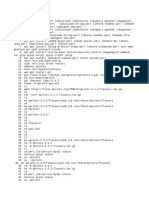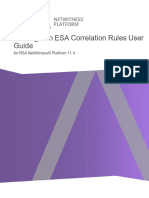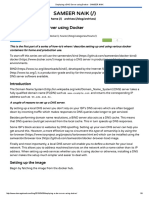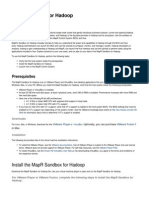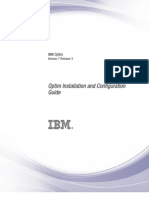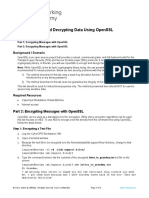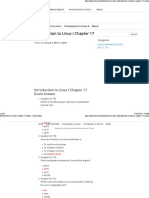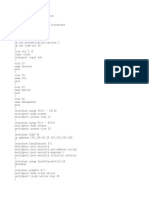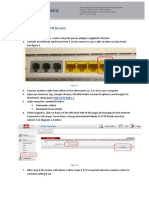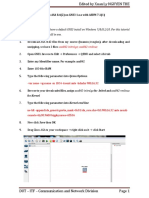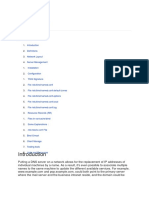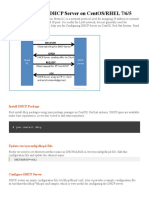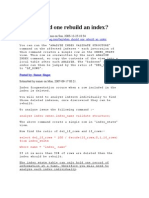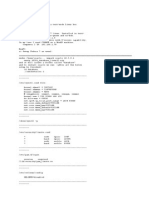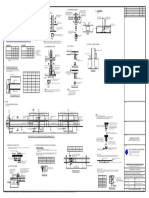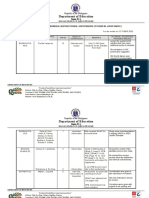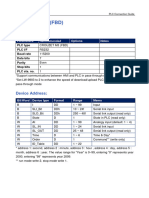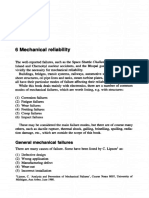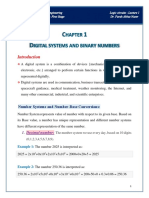100% found this document useful (1 vote)
675 views4 pagesDynamic DNS Updates in Debian: Peter Dey, 26 Jan 2004
The document provides configuration files and instructions for setting up Dynamic DNS Updates in Debian by upgrading to DHCP 3, configuring DHCPd and Bind9 to communicate using matching keys, and enabling Bind9 to allow DHCPd to perform updates via the configured key. Dynamic DNS updates will not work with the default DHCP server, and upgrading to DHCP 3, configuring matching keys in DHCPd and Bind9, and enabling updates in Bind9's configuration is necessary.
Uploaded by
mson77Copyright
© Attribution Non-Commercial (BY-NC)
We take content rights seriously. If you suspect this is your content, claim it here.
Available Formats
Download as PDF, TXT or read online on Scribd
100% found this document useful (1 vote)
675 views4 pagesDynamic DNS Updates in Debian: Peter Dey, 26 Jan 2004
The document provides configuration files and instructions for setting up Dynamic DNS Updates in Debian by upgrading to DHCP 3, configuring DHCPd and Bind9 to communicate using matching keys, and enabling Bind9 to allow DHCPd to perform updates via the configured key. Dynamic DNS updates will not work with the default DHCP server, and upgrading to DHCP 3, configuring matching keys in DHCPd and Bind9, and enabling updates in Bind9's configuration is necessary.
Uploaded by
mson77Copyright
© Attribution Non-Commercial (BY-NC)
We take content rights seriously. If you suspect this is your content, claim it here.
Available Formats
Download as PDF, TXT or read online on Scribd
/ 4

